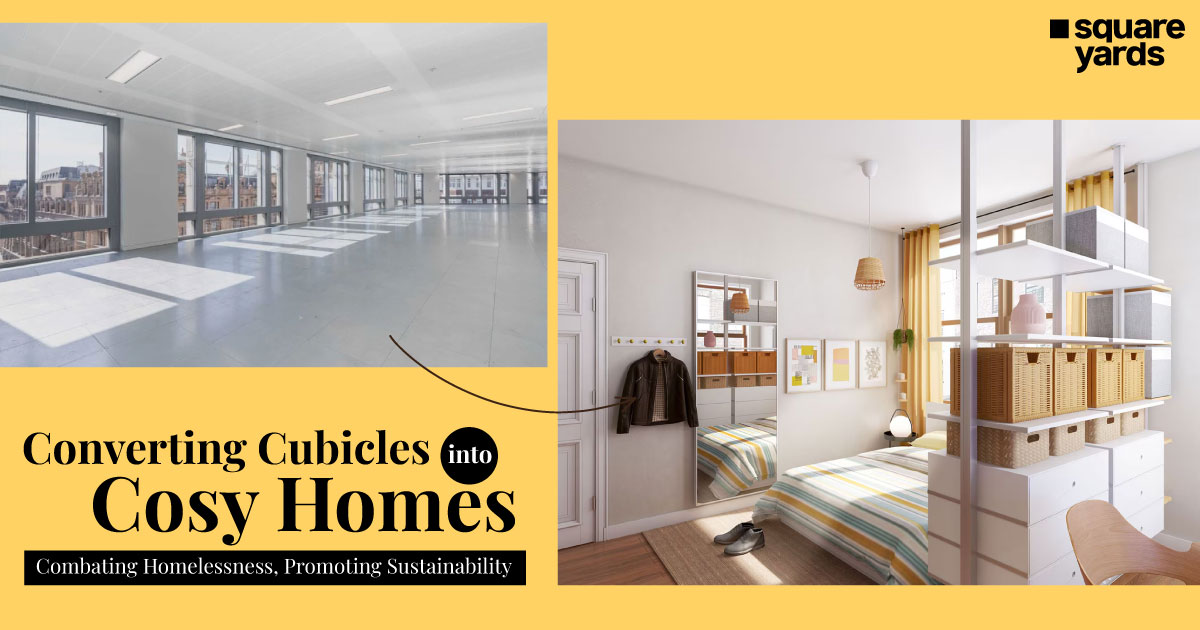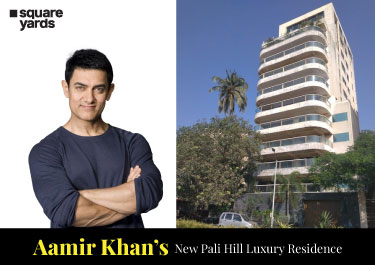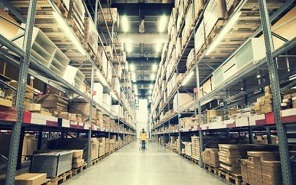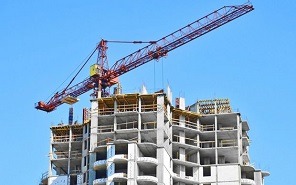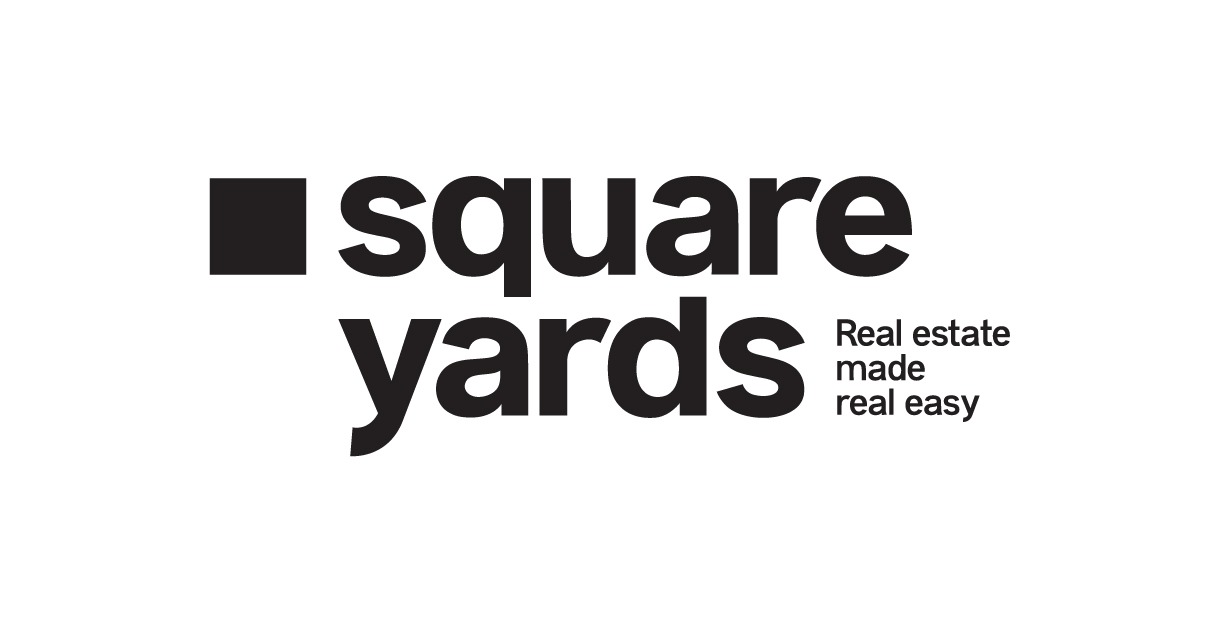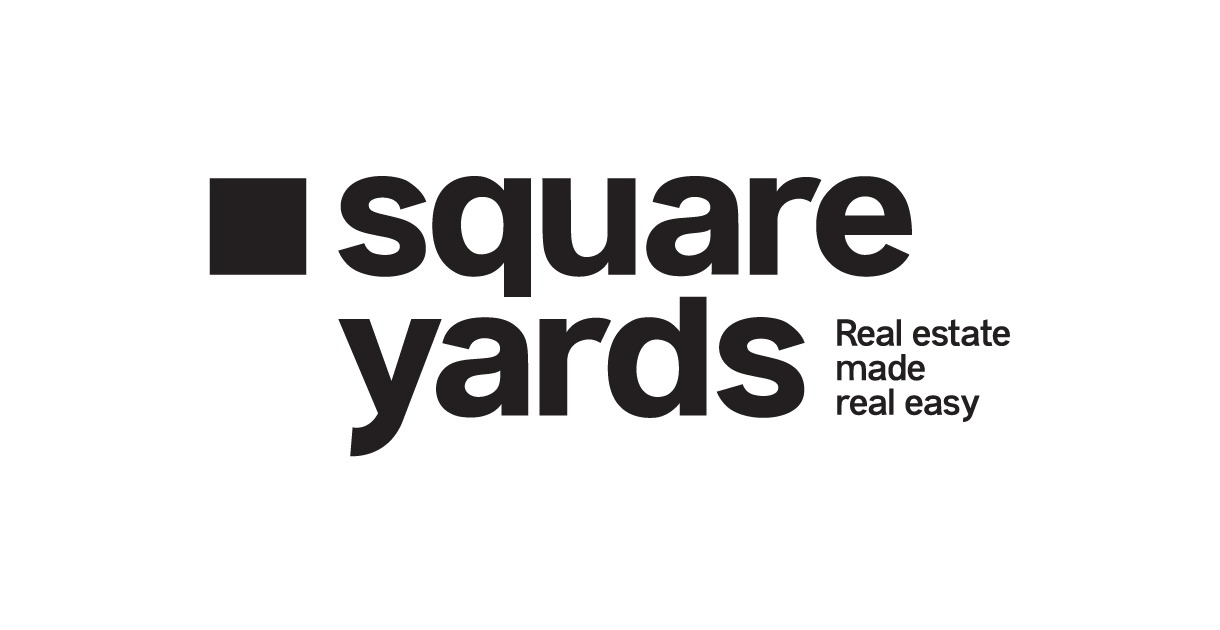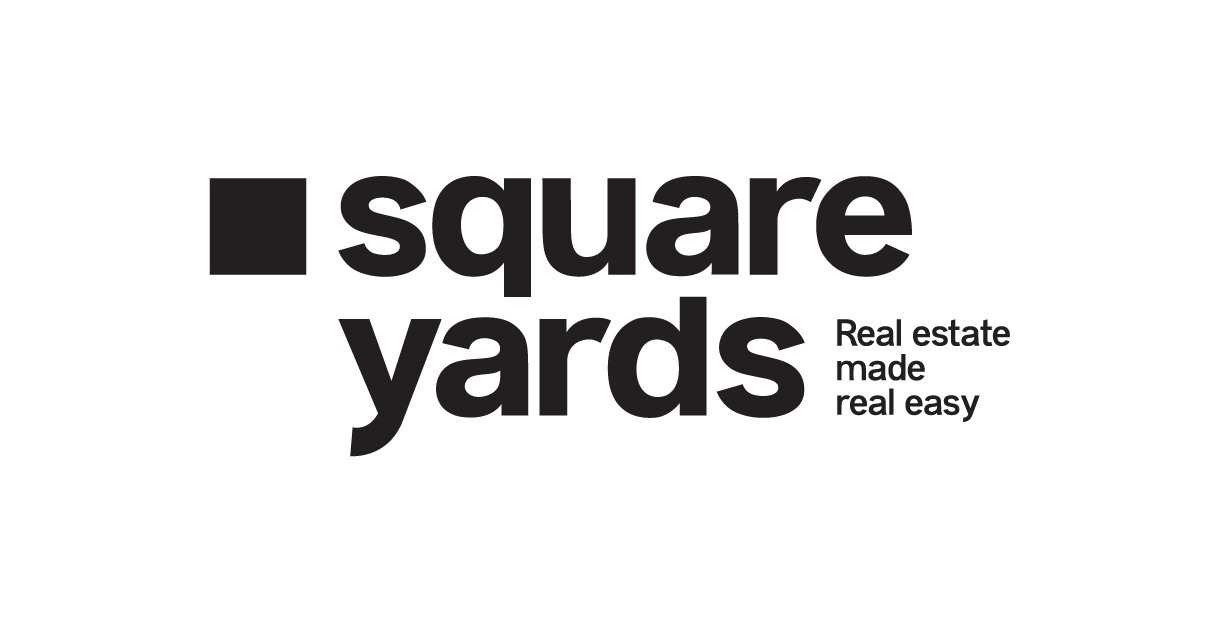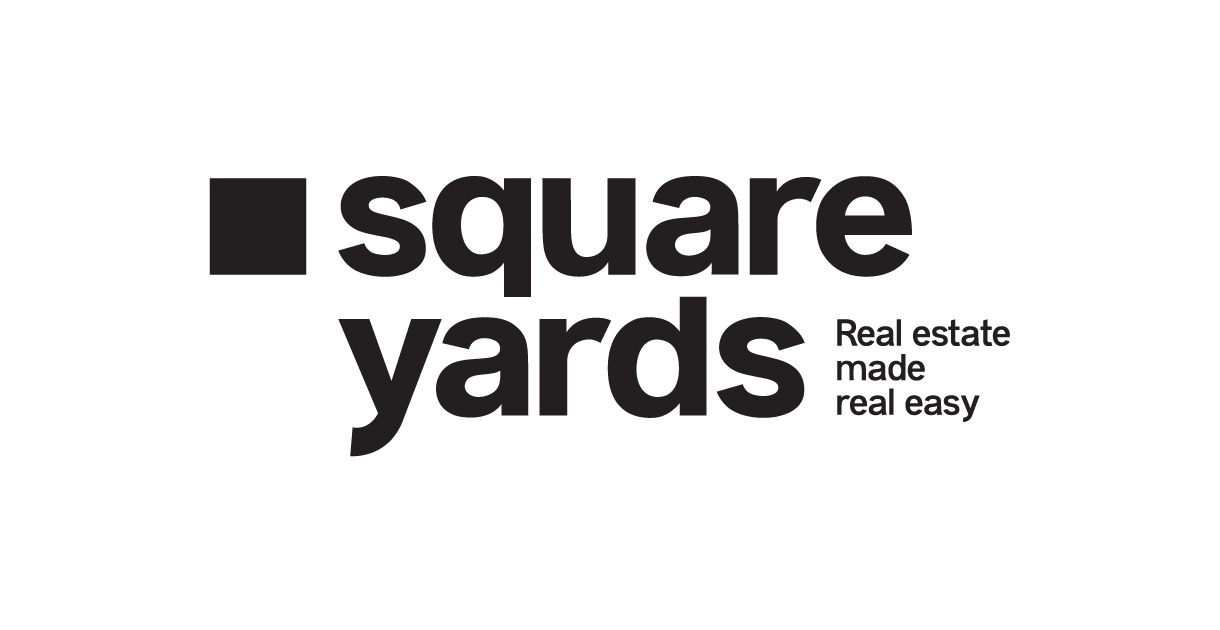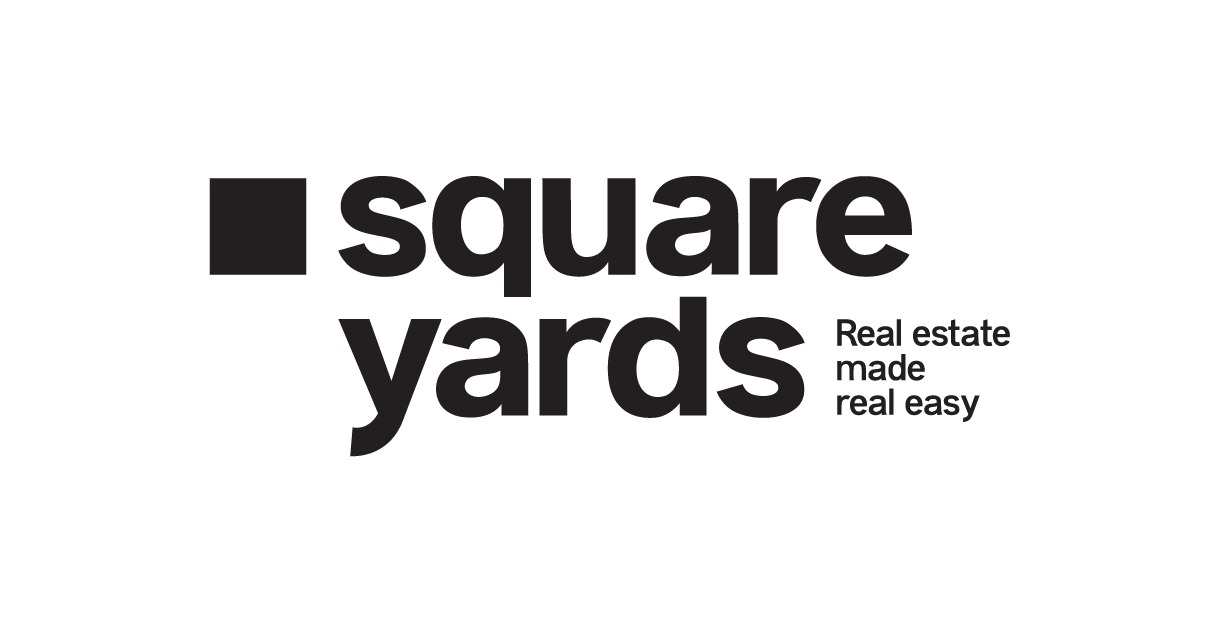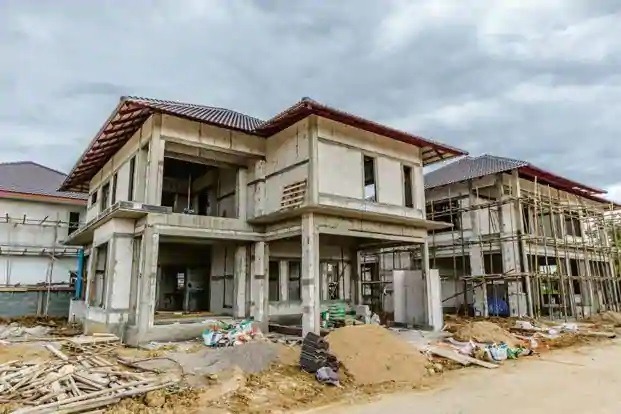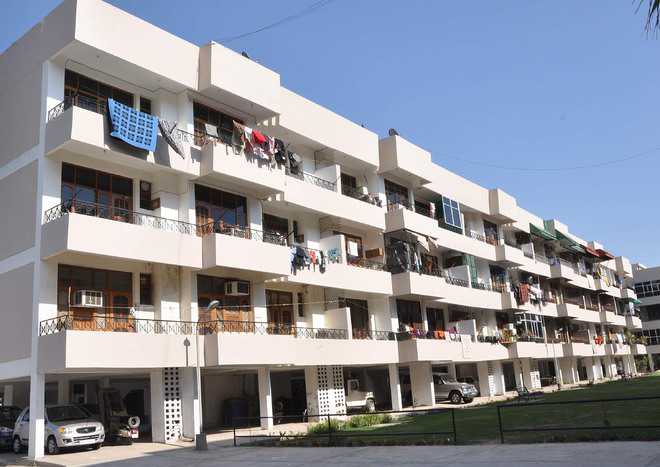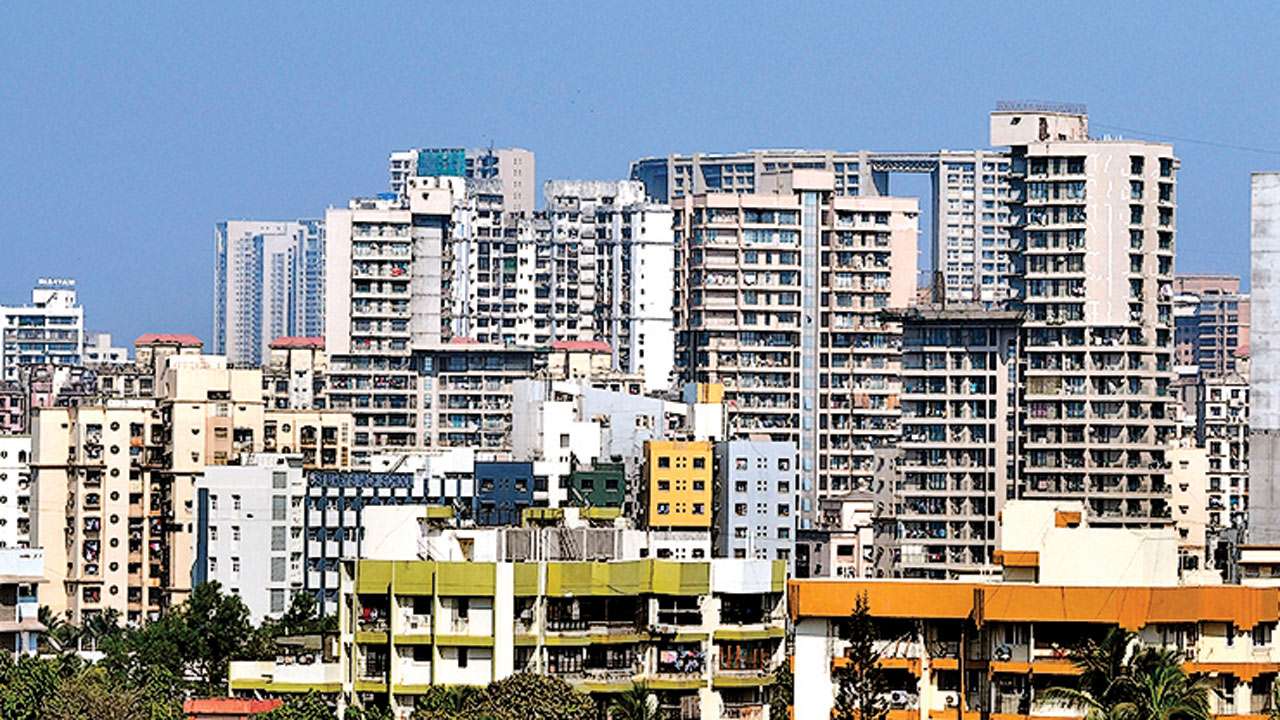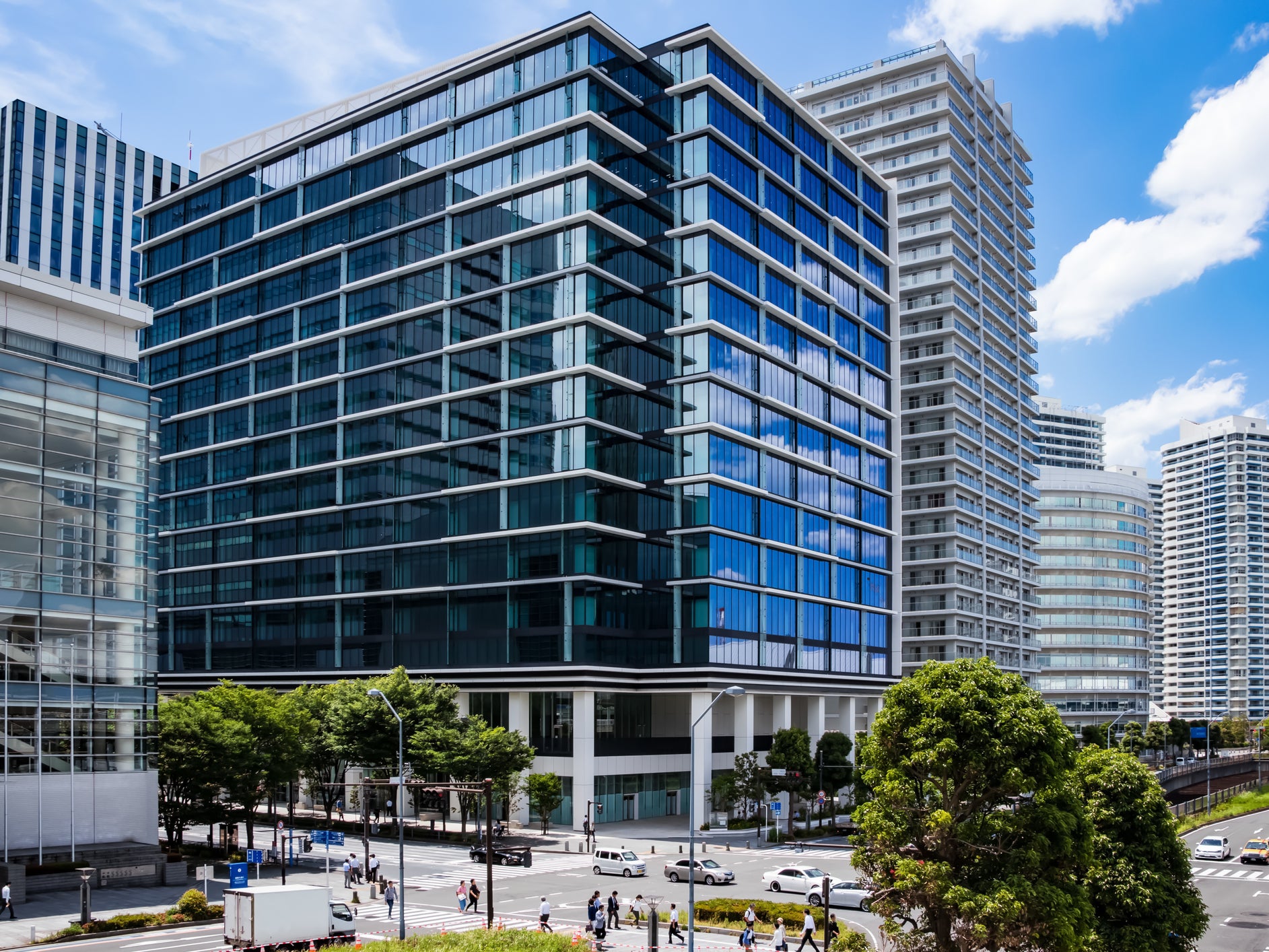Children’s laughter echoing on office campuses and fresh handmade food being made in the lobby might be the last thing you expect to see in a commercial hub. But today, this image is turning into a reality. Thanks to Chicago’s La Salle Street Reimagined project, nearly 2.3 million square feet of empty office buildings will be converted into residential homes and retail stores.
With almost $1 billion in line for investment, this ambitious project hopes to break the cycle of homelessness by providing them with well-maintained, clean houses. The official residences of these “new homes” are The LaSalle Residencies, The Chicago Stock Exchange Building, The Bell Building and The Monroe Residences and Hotel.
This is not the first time any country has attempted to save its residents from homelessness by using underutilised commercial buildings. Canada’s recently announced budget for 2024 includes significant incentives for “purpose-built rental housing” and converting commercial buildings into affordable housing. The transformation has been incentivised by a CCA rate (capital cost allowance) of 4 to 10% and the new GST Residential Rental Property Rebates.
This initiative is pivotal, as two of Canada’s leading developers, Sifton and Homes Unlimited, have just announced their ambitious project to transform an old office building in Downtown London, Ontario, into 94 rental units. Maxim Olshevsky has also undertaken the huge project of transforming 557,420 square metres of unused office space into new residential homes in Calgary. According to Calgary’s 2023 Housing Needs Assessment, a resident must earn $84,000 a year to pay his/her monthly rent, which can be a financial hurdle for many. This is why office-to-home conversions can potentially prevent homelessness and revitalise underutilised urban spaces.
After such major transformations in Calgary and Downtown London, Chicago is also on the path to completely changing the look of its commercial buildings. These empty parking lots and cubicles will be transformed into welcoming residential communities that are inclusive for all.
The La Salle Street Reimagined project is offering residential units to 600 people who earn 60% of the monthly median income ($53,000 for a household with 2 people). The goal is to ensure that no homeless citizen is left behind on the streets in poor conditions.
However, the big question is, how does a city like Chicago have empty office buildings? Especially when it produces the third-largest gross metropolitan product in the USA, surpassing even Switzerland’s whole economy.
A Paradigm Shift: From Home To Office To Home
This year, more than 62% of US companies will go hybrid or remote. Almost 56% of Americans know someone who quit their job after being told to return to the office. COVID-19 spurred an unexpected economic shift from 9-to-5 jobs to remote-based work. Companies also took advantage of the situation and said yes to low costs!
More than 20% of Canadian employees were working from home by November 2023. According to a report by Statistica Research Development, only 4% of Canadian women and 3% of Canadian men would prefer to work in an office setting; the rest wanted to stick with a remote or hybrid model of work permanently.

Large MNCs like Zoom and Quickbooks quickly grasped the opportunity and built software to facilitate this shift, earning millions in profit. Companies now have to decide to either go completely remote or lose all the members of their teams.
This change is why many offices in the city were abandoned or only partially used. In 2021, it was recorded that Downtown Chicago had more than 21.4 million square feet of unleased commercial estate, the size of five Willis Towers!
This has not improved since, and the fourth quarter of 2023, whose vacancy rate was 19.6%, confirmed that employees are not returning to offices. San Francisco and Washington DC have already estimated a loss of $200 million and $464 million in the next three fiscal years because of the changed commercial space dynamic, given that no one is paying property taxes.
From Suits to Shelters: Chicago and Canada’s Bold Plan of Solving Commercial and Residential Space Crisis

Image via- lovethispic.com
Chicago now ranks fourth in terms of office-to-home transformations in the USA after combating homelessness and empty commercial space problems in one single shot. The city is set to convert numerous offices into 2,822 apartment units for citizens. This project alone accounts for 55% of the town’s transformation, 10.3% of office-to-retail store conversions, and 9.36% of community centre conversions.
In Downtown London, Canada, the city has offered up to $2 million to transform commercial spaces into residential complexes. This is because the town faces a commercial vacancy rate of 28%, the highest in the country. Calgary has been working to use the underutilised 5557,420 square feet of office space since 2021, even offering grants of up to $15 million per project.
A Glimpse of Hope at 195 Dufferin Avenue

An eight-story office building left abandoned despite sitting on the land of St. Paul’s Cathedral church will be converted into a residential complex with one and two-bedroom apartments. Two of the biggest developers in Canada, Sifton and Homes Unlimited, are treating the project as an “investment in the future of the city” and are also grateful for a government grant as they have to make many mechanical and electrical alterations in the building’s framework which will lead to a higher renovation cost.
195 Dufferin Avenue will open in 2025 for the public, with 80 one-bedroom flats and 14 two-bedroom units, out of which 60% will be affordable.
Re-designing 909 5th Avenue SW

Maxim Olshevsky finished working on his newest real estate project in May 2024: converting 909 5th Ave. SW, a 10-story building, into a residential complex after comparing it to an episode of The Last of Us. With an investment of $7.8 million to transform 9,662 square meters of office space, the building known as “The Cornerstone” is now officially home to more than 100 families.
The building has more than 110 residential units, grocery stores, and coffee shops. Almost 40% of these apartments are affordable, and 60 independent businesses will soon open on the second floor.
Rewriting History for The LaSalle Residencies

Once seen as one of the biggest projects on La Salle Street, today, the old Commercial National Bank office at 208 South Corner stands as idle as a painted ship. DH Burnham and Co. built this spectacular piece of architecture in Chicago’s skyline in the 1900s. Its biggest USP is the colonnade and eight Doric columns located at the entryway.
It was seen as a landmark but will now be changed forever. Lamar Johnson Collaborative and Lucien LaGrange Studio will convert floors 13 to 17 of the skyscraper into 280 residential flats. Reimagine a commercial bank with 111 studio apartments, 120 one-bedroom apartments, and 49 two-bedroom apartments, all hosting families and becoming a part of thousands of home movies.
The LaSalle Residencies will also offer its residents a clubhouse full of indoor games and amenities, a dog spa, and a bike storage room.
Chicago Stock Exchange Building Makes A Bold Black Statement

Built in 1974, The Chicago Stock Exchange Building is one of the most underused and underdeveloped commercial buildings, with only 46% leased floors. It is located at 30 North La Salle Street and will now host individuals/ families in 432 residential units between floors 3 and 22.
According to the La Salle Reimagined project, floors 3 to 10 and 12 to 22 of the building will be transformed into 432 studio, one- and two-bedroom apartments. Residents will also enjoy amenities like 100 bike parking spaces, a party room, a coworking lounge, and a dog-playing area. Solomon Cordwell Buenz has been tasked with converting this mysterious black silhouette into a happy family home.
Lost Legacy of The Bell Building

The Bell Building of 79 West Monroe St. is a remarkable reminder of what time can do to even the largest and most innovative structures. Built in 1924, it is the smallest building in the La Salle Reimagined Project, with just 14 floors. Its most popular feature is its weather bell, which changes colours according to Chicago’s climate.
Originally designed by Jarvis Hunt, the Campari Group will now transform it into an apartment complex. Almost 8 floors of the building, with a floor size of 12,000 to 14,000 square feet, will be converted into 117 residential apartments, 41 of which will be affordable. This includes a mix of 182 studios, 125 one-bedroom, and 42 two-bedroom apartments.
The Monroe Residences and Hotel Makes A Comeback of The Century

The Monroe Residences and Hotel is a mixed-developmental project of The Prime Inc. and Capri Investment Group. Two buildings of this massive development will be converted into residential complexes. This property’s original 1910 Harris Bank & Trust building, glass windows, and 1958 stainless steel will remain untouched.
Stantec will soon convert these skyscrapers into 349 apartments and 226 hotel rooms. The residential units, from floors 13 to 22, will consist of 182 studio apartments, 125 one-bedroom apartments, and 42 two-bedroom apartments, of which only 30% are affordable.
Instead of the originally constructed penthouse, residents will enjoy a separate meeting/ party space on the second floor and a Monroe Club on the roof, with a restaurant and a pool. They can also take advantage of the spa, fitness centre, and golf simulator between the buildings, giving them an unimaginable lifestyle.
Homelessness Crisis: Behemoth Task of Converting Offices to Homes

The homelessness crisis is at its peak point in the last 16 years in the USA, with more than 68,000 Chicagoans living on the streets. Homelessness costs Canada $7 billion annually, with almost 300,000 people living on the streets. To solve this problem, we must find out-of-the-box solutions with minimal costs and maximum benefits.
Unused or partially consumed commercial spaces are the most obvious answer. But how does one convert an office into a home?
An office or business space lacks the basic infrastructure even to accommodate individual residents, let alone hundreds of families. To address this gap, renovations need to be made on the exterior and interior of the building, along with some structural modifications.
Some of the metrics to take into consideration before making the decision include:
- Floor Plate: Leasable square footage per floor
- Windows and natural lighting: View obstruction, temperature and the quality of windows
- Layout of Building: Shape of the building and floor plan of the apartments
- Envelope: Easy window displacement and light angles
- Services: Laundry, in-premises restaurant and other amenities
- Structural Integrity: Electrical, plumbing and HVAC piping
- Zoning Laws: Restriction on construction of residential buildings
Canada, like Chicago, has been pretty welcoming of these changes. Still, it is uncertain whether these projects will reduce homelessness or remain in the books as failed transformative projects.
Skyscraper Shuffle: Can Offices Become Homes?

After finishing the largest office-to-home conversion project at 100 Van Ness in Chicago, even Solomon Cordwell Buenz’s owner, Strachan Forgan, could not stop talking about the problems of such a construction project. He commented in an interview recently,
“I think there are some buildings that have reached the end of their useful life, and the highest and best use of that land might be to build new construction. “
Adding,
“Construction costs have probably doubled what they were, and rents right now, rents have dropped so much that they’re not much above from what they were in 2012.”
Cost, A Question, But What About Environment?

It’s a Catch-22
While converting an office into a residential complex with tiny apartments can be expensive, the benefits of this transformation can probably save the environment for future generations. The National Bureau of Economic Research shows that a “transformed residential building can improve HVAC efficiency by 80%, leading to a smaller footprint.” Rapid urbanisation and recent trends of living in the midst of “happening places,” will soon overtake the housing economy, leading to higher rents.
Thus, adaptive reuse of commercial buildings becomes a cleaner and greener alternative to constructing new industries and towers. According to a recent study, new constructions produce 75% more carbon emissions than renovating an old one. So, the question that is left is—who is going to pay for these sustainable renovations with ambiguous financial returns?
Now Comes Profitability

The relevance of these projects is perhaps not even about sustainability; it is about profitability and about providing temporary and permanent homes for Chicago’s homeless citizens. But how will these small one- and two-bedroom flats with tiny closets transform into family homes? It could be a long-shot revolution that can go very right or very wrong.
Small apartments will naturally have to be paired with numerous facilities, such as shopping stores, pet relief areas, gyms, and laundromats. This is the only way to keep the buildings occupied and profitable. Chicago and Canada’s vertical skyline is changing drastically, and while a bit expensive, the government could use this solution to give people living on the road- a home, a better lifestyle, medical facilities, and education.
It is known by now that these commercial spaces aren’t meant to be residential homes. But will this move change the very landscape of architecture, homelessness, and urban living – all in one stroke? Let’s see.


